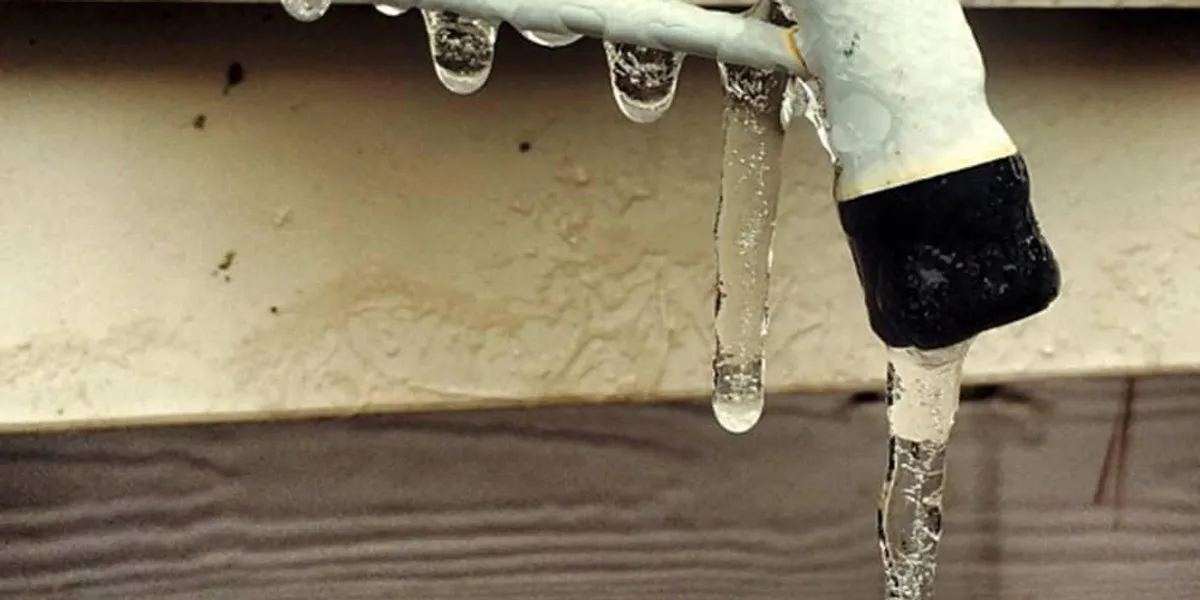Preventing Frozen Pipes in Cold Weather: Essential Strategies
Preventing Frozen Pipes in Cold Weather: Essential Strategies
Blog Article
They are making several great points relating to Helpful Tips to Prevent Frozen Pipes this Winter overall in this great article underneath.

Winter can ruin your plumbing, specifically by freezing pipes. Here's just how to prevent it from taking place and what to do if it does.
Introduction
As temperatures drop, the threat of icy pipelines rises, possibly leading to costly repair services and water damage. Comprehending just how to stop frozen pipelines is vital for house owners in cool environments.
Recognizing Frozen Pipes
What causes pipes to ice up?
Pipelines ice up when revealed to temperature levels listed below 32 ° F (0 ° C) for expanded periods. As water inside the pipes ices up, it expands, putting pressure on the pipe walls and potentially causing them to burst.
Risks and problems
Frozen pipelines can bring about water system disruptions, property damage, and expensive fixings. Ruptured pipes can flooding homes and trigger comprehensive structural damages.
Indications of Frozen Water Lines
Recognizing icy pipelines early can stop them from breaking.
Just how to recognize icy pipes
Seek decreased water flow from taps, uncommon odors or noises from pipes, and noticeable frost on subjected pipes.
Avoidance Tips
Insulating susceptible pipes
Wrap pipelines in insulation sleeves or use warm tape to shield them from freezing temperatures. Focus on pipelines in unheated or external locations of the home.
Home heating techniques
Maintain indoor rooms appropriately heated up, specifically locations with pipes. Open up closet doors to allow warm air to distribute around pipelines under sinks.
Protecting Exterior Pipes
Yard hoses and exterior taps
Separate and drain garden tubes prior to winter months. Set up frost-proof spigots or cover outdoor taps with protected caps.
What to Do If Your Pipes Freeze
Immediate actions to take
If you believe icy pipelines, maintain faucets open to eliminate stress as the ice melts. Utilize a hairdryer or towels soaked in hot water to thaw pipes gradually.
Long-Term Solutions
Architectural adjustments
Consider rerouting pipes far from outside walls or unheated locations. Include added insulation to attics, basements, and crawl spaces.
Updating insulation
Invest in top quality insulation for pipelines, attic rooms, and walls. Proper insulation assists keep regular temperature levels and decreases the danger of frozen pipes.
Verdict
Preventing icy pipelines requires proactive actions and fast actions. By comprehending the causes, indications, and safety nets, property owners can secure their pipes during cold weather.
5 Ways to Prevent Frozen Pipes
Drain Outdoor Faucets and Disconnect Hoses
First, close the shut-off valve that controls the flow of water in the pipe to your outdoor faucet. Then, head outside to disconnect and drain your hose and open the outdoor faucet to allow the water to completely drain out of the line. Turn off the faucet when done. Finally, head back to the shut-off valve and drain the remaining water inside the pipe into a bucket or container. Additionally, if you have a home irrigation system, you should consider hiring an expert to clear the system of water each year.
Insulate Pipes
One of the best and most cost-effective methods for preventing frozen water pipes is to wrap your pipes with insulation. This is especially important for areas in your home that aren’t exposed to heat, such as an attic. We suggest using foam sleeves, which can typically be found at your local hardware store.
Keep Heat Running at 65
Your pipes are located inside your walls, and the temperature there is much colder than the rest of the house. To prevent your pipes from freezing, The Insurance Information Institute suggests that you keep your home heated to at least 65 degrees, even when traveling. You may want to invest in smart devices that can keep an eye on the temperature in your home while you’re away.
Leave Water Dripping
Moving water — even a small trickle — can prevent ice from forming inside your pipes. When freezing temps are imminent, start a drip of water from all faucets that serve exposed pipes. Leaving a few faucets running will also help relieve pressure inside the pipes and help prevent a rupture if the water inside freezes.
Open Cupboard Doors
Warm your kitchen and bathroom pipes by opening cupboards and vanities. You should also leave your interior doors ajar to help warm air circulate evenly throughout your home.

I found that content about Prevent Frozen Pipes while doing a search on the internet. In case you enjoyed our blog posting if you please consider to share it. Thank-you for going through it.
Estimate Free Report this page